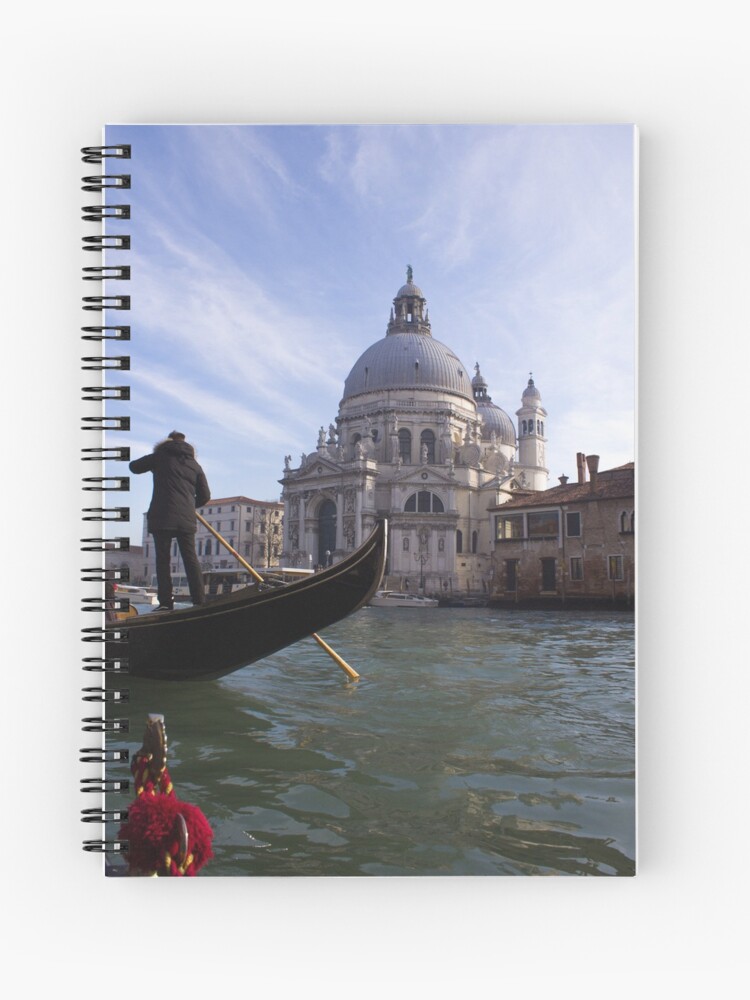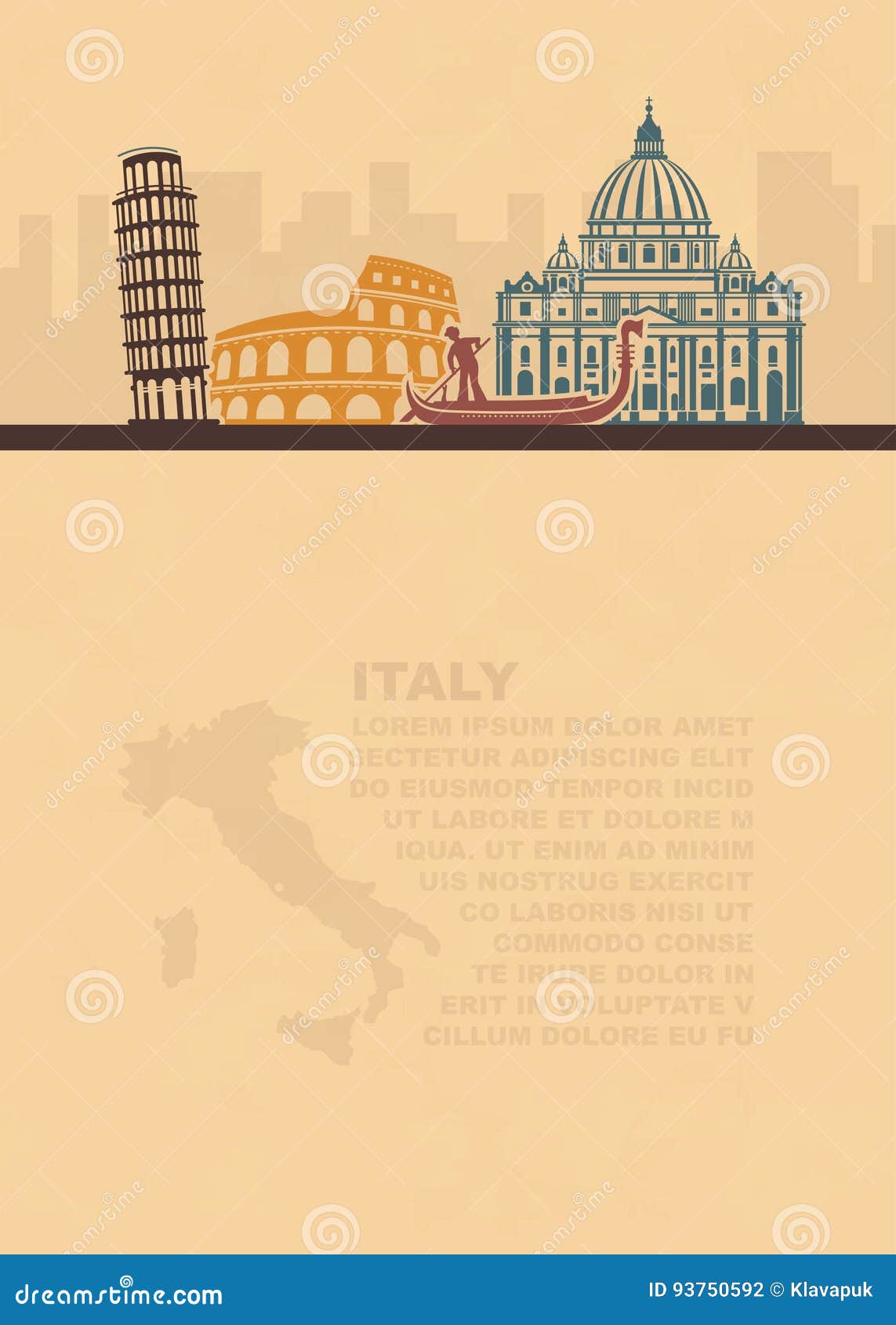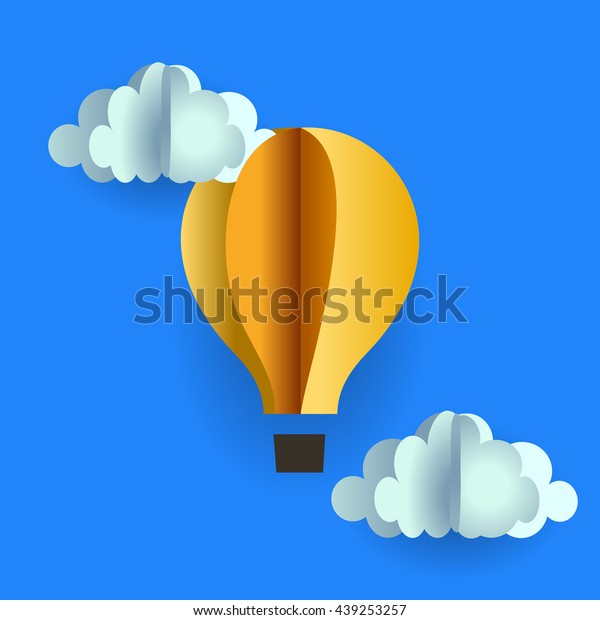- Paper Gondola Craft
- Paper Gondola Template
- Paper Gondola Template
- Paper Gondola
- Paper Gondola Instructions
Articoli Associati
Questo post è disponibile anche in: Italian
Build a Gondola – All phases of construction from start to the end – Venetian gondola – Complete Guide
- Our Wall (Single sided) Gondola Shelving comes with one base shelf and three upper shelves for each section. Your choice of heights. Good used gondola ships by ltl truck freight. Delivers curbside with free liftgate delivery. We have some of the best s.
- Gondola Store Shelving; Gondola Power Seller Wing Panel; 48' high X 16' wide Gondola Power Wing Merchandiser is a great way to utilize sides of gondola shelving or endcaps. Easily attaches to shelves or uprights with cable ties or mounting kits. Uses 4', 6' hooks.
- Use Crayola® crayons, colored pencils, or markers to decorate the gondola. Cut out the gondola, and glue it to a thin piece of cardboard, such as a recycled cereal box or file folder.
Retail Store Gondola and gondola shelving systems are the number one shelf unit for grocery stores. Liquor store shelving is a shelving system that has been trending in the industry. Call us for help on your display shelfs. For this reason, open-top trailers are sometimes called scrap hauler trailers. You might also see an open-top trailer called a gondola trailer, a reference to the open-top railroad car style. Whatever you call them, construction companies often use open-top trailers when moving bulk solids.
How to build a gondola is one of the most wanted question i must answer today with this article. The art of construction of the gondola is very old and is a family tradition. Although now today is disappearing more and more. They produce fewer gondolas and often uses a counter-gauge prefabricated. Proanthocyanidins boat asymmetric, however, you will encounter many difficulties in its implementation which can only be solved by those who know the craft. The gondola measuring 10.85 meters and has a variable width 1.38 to 1.42 meters, its weight is about 350 kilograms and is composed of about 280 wooden pieces. The first phase of construction of the gondola, is the preparation of the material by the shipwright. He will select 8 kind of woods: fir, cherry, larch, mahogany,
Paper Gondola Craft
,

Paper Gondola Template
using elm wood. Boards with a thickness of 40 mm, are drawn 67 ‘sankòni', the segments that make up the backbone of the gondola and joined together in pairs, 25 'flat' structures in oak. They are then built the 3 maistre 'aste', bow, stern and amidships, cross-bearing elements of the building as are the ‘rods', bow and stern replacement terminals located in an almost vertical markets on which in below will be fixed the ‘wounded' the knife. T [/ dropcap] he third phase involves the laying of the 'Serci' the sides of the gondola, tables made from up to 11 meters long and curved with water and fire. You will then go to the construction of other structural elements that compose it: the 5 ‘trasts' that join together the sides of the boat, built in cherry and walnut; the ‘fiùboni' that covers the bow and stern, all of linden wood with the exception of 'fiùbon' on the left side of the stern where the gondolier takes place. The ‘nomboli', spruce boards with a thickness of 15 millimeters, placed under the sides. The 'kolòmbe' and 'sandal', the boards that make up the bottom of the hull. [dropcap]The boat is then planed and sanded to switch to waterproofing, which consists in filling the cracks of tow existing between the various parts assembled and on which it is poured pitch very hot, which is then burnt because it hardens. Are placed the last elements: 'the mase', which function as fenders and 'solariPaper Gondola Template

Paper Gondola Craft
, oak, linden, who once arrived in the yard are cut into boards of varying thickness and left to dry for about a year. When the wood is seasoned to perfection begins the second phase, consisting of the construction of the skeleton of the gondolaPaper Gondola Template
using elm wood. Boards with a thickness of 40 mm, are drawn 67 ‘sankòni', the segments that make up the backbone of the gondola and joined together in pairs, 25 'flat' structures in oak. They are then built the 3 maistre 'aste', bow, stern and amidships, cross-bearing elements of the building as are the ‘rods', bow and stern replacement terminals located in an almost vertical markets on which in below will be fixed the ‘wounded' the knife. T [/ dropcap] he third phase involves the laying of the 'Serci' the sides of the gondola, tables made from up to 11 meters long and curved with water and fire. You will then go to the construction of other structural elements that compose it: the 5 ‘trasts' that join together the sides of the boat, built in cherry and walnut; the ‘fiùboni' that covers the bow and stern, all of linden wood with the exception of 'fiùbon' on the left side of the stern where the gondolier takes place. The ‘nomboli', spruce boards with a thickness of 15 millimeters, placed under the sides. The 'kolòmbe' and 'sandal', the boards that make up the bottom of the hull. [dropcap]The boat is then planed and sanded to switch to waterproofing, which consists in filling the cracks of tow existing between the various parts assembled and on which it is poured pitch very hot, which is then burnt because it hardens. Are placed the last elements: 'the mase', which function as fenders and 'solariPaper Gondola Template
' where the gondolier rests her feet while rowing.Paper Gondola
BUILD A GONDOLA – THE LAST PHASE
Paper Gondola Instructions
The next phase is the 'dipintura': after a first coat of paint very diluted, they are placed embellishments and continued to paint the sixth is the final hand. Are then inserted 'i ferri': on the bow and stern and the crutch. The last 'parecio', consisting of a two-seater sofa at the foot of the vogue place a couple of stools that can hold more passengers from ‘cavai' that mean in venetian dialect horses in brass inserted on the upper parts of the sides, the ‘toleta a spigolo' a small door that closes the closet bow. Completing the ‘parecio' a carpet spread along the hull and the ‘canon' a kind of vessel made of brass that can accommodate a 'FARAL' that is a lantern now powered by an electric battery. The construction of the Venetian gondola as we see it is very complex and requires the utmost attention to every single detail, all parts being made by hand and are unique.
